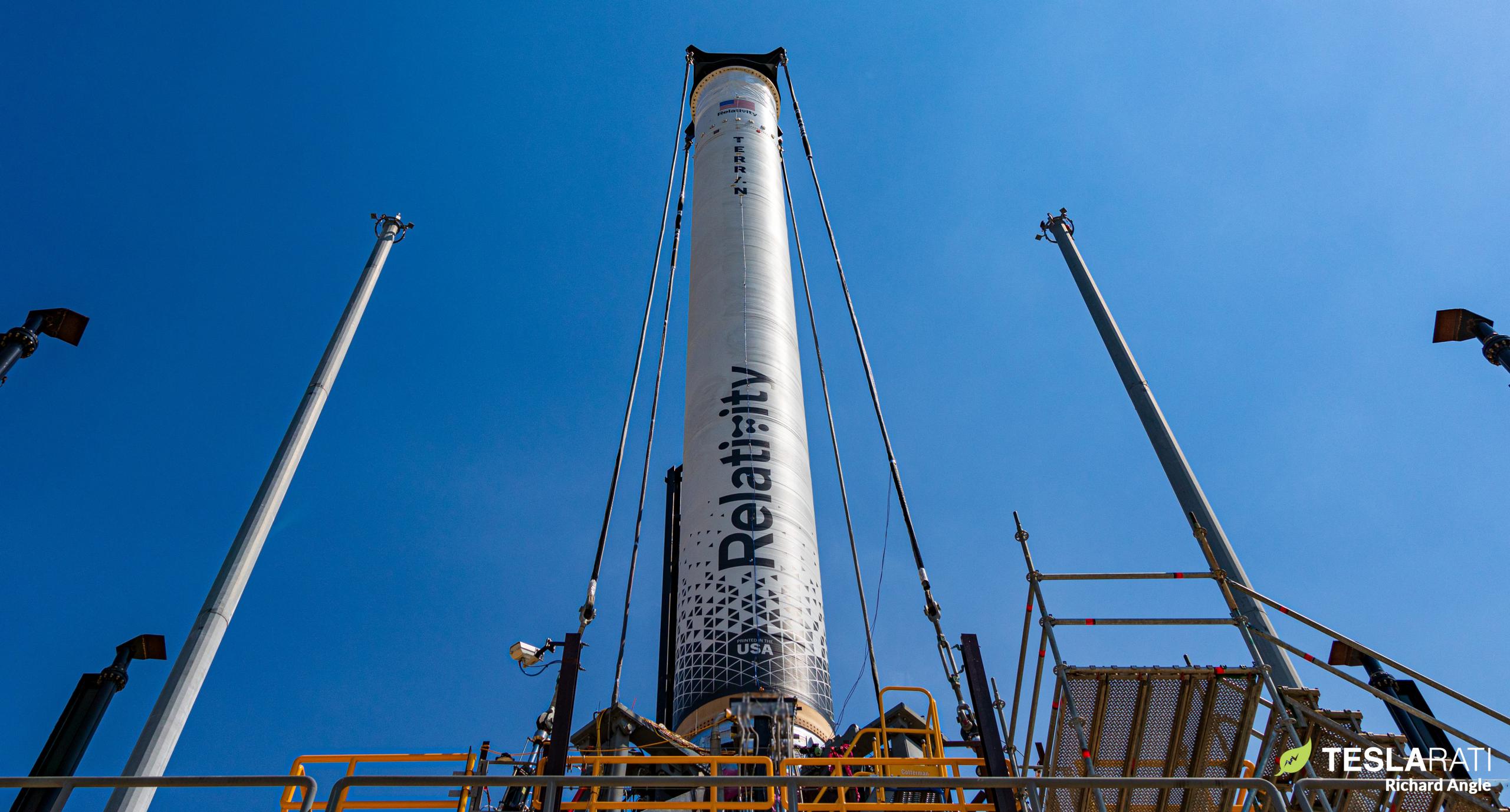
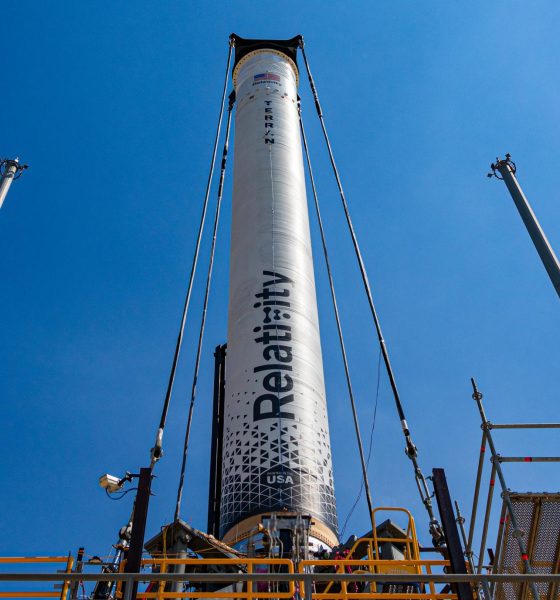
News
Relativity’s first 3D-printed rocket aims to debut a new rocket fuel
Relativity can almost taste the vacuum of space. A substantial amount of work remains, but the startup continues to defy expectations with its relentless and methodical push towards the first orbital launch of a 3D-printed rocket.
Founded in 2015, the Los Angeles-based aerospace company has taken its few years of obligatory delays in stride while pursuing a 2020 debut for its (relatively) small Terran 1 rocket. In a world with dozens of serious rocket startups, missing one’s initial launch target is practically a rite of passage – the path to orbit is never as straight and bump-free as the highway on-ramps that are often promised in pitch decks. Relativity Space, however, is no average rocket startup.
Save for SpaceX, which operates in a league of its own, no other private rocket startup has come close to matching the $1.3 billion Relativity has raised to develop Terran 1 and the much larger Terran R. More importantly, in a recent interview with Aviation Week, CEO Tim Ellis (a former Blue Origin engineer) revealed that the company could be “weeks away” from the first launch of Terran 1, a rocket that is 85% 3D-printed by mass and could simultaneously debut a new kind of rocket fuel.
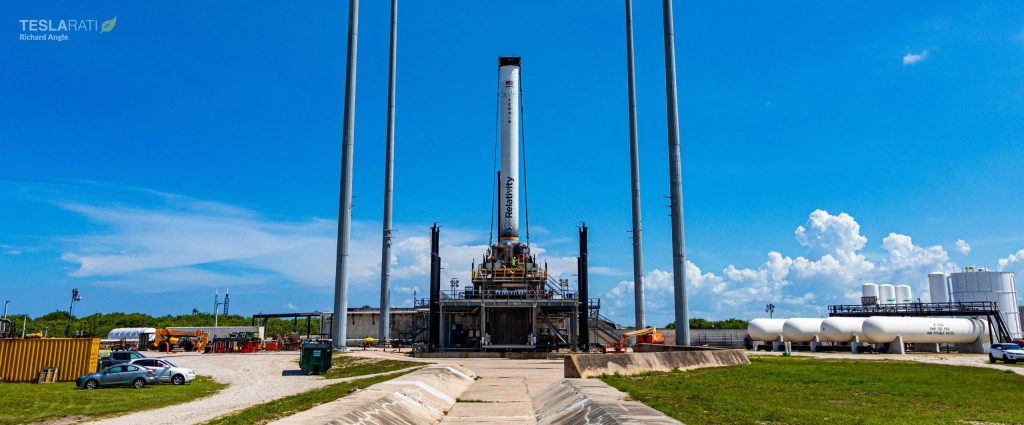
Once fully assembled, Terran 1 – weighing around 9.3 tons (~20,500 lb) empty and measuring 33.5 meters (110 ft) tall – will be the largest metal 3D-printed object in the history of the technology. From that perspective, it’s hardly surprising that Relativity Space is a few years behind schedule. In fact, it’s odd that the startup isn’t more delayed, and it’s even more impressive that Terran 1’s first launch campaign has gone as smoothly as it has.
Slow, Smooth and Fast
Terran 1 Flight 1’s booster stage and upper stage both arrived at the company’s leased Cape Canaveral Space Force Station LC-16 pad sometime in May 2022. Terran 1’s first stage came directly from the California factory. The second stage (S2), however, first shipped to a Mississippi test stand a few months prior and, on its first try, completed a full-duration multi-minute static fire test known as a mission duty cycle (MDC) – about as close as it’s possible to get to replicating orbital upper stage operations on the ground. The flawless MDC was preceded by a number of simpler precursor tests, of course, but the rocket performed more or less as expected throughout the entire qualification program. If Terran’s second stage ignites again, it’ll be at the edge of space.

Since June, the critical path for Terran 1’s launch debut has thus been qualifying the first finished Terran booster. Rather than modify its Mississippi test facilities, Relativity decided to temporarily modify its heavily upgraded LC-16 pad to support booster qualification testing. Thanks to the heroic work of a shockingly small team of five people, the pad was ready to kick off testing as soon as the Terran 1 booster arrived in Florida. Even more surprisingly, senior manager Lorenzo Locante says that LC-16 – practically a new pad after Relativity’s extensive modifications – has “performed perfectly” during every booster qualification test attempted thus far.
That testing has included pneumatic proofing (an ambient-temperature gas pressure test), possible cryogenic proof tests, multiple rounds of propellant loading, preignition testing of its nine Aeon engines, and multiple spin-start tests (the last step before static fire testing) with the same engines. Given that LC-16 and Terran 1 must handle cryogenic oxidizer (liquid oxygen) and cryogenic fuel (liquid methane), which can easily create a flammable and bomb-like mixture of gases from even the smallest of leaks, it’s difficult to emphasize just how difficult it is to ensure that a complex launch pad and rocket perform nominally during their first joint testing.

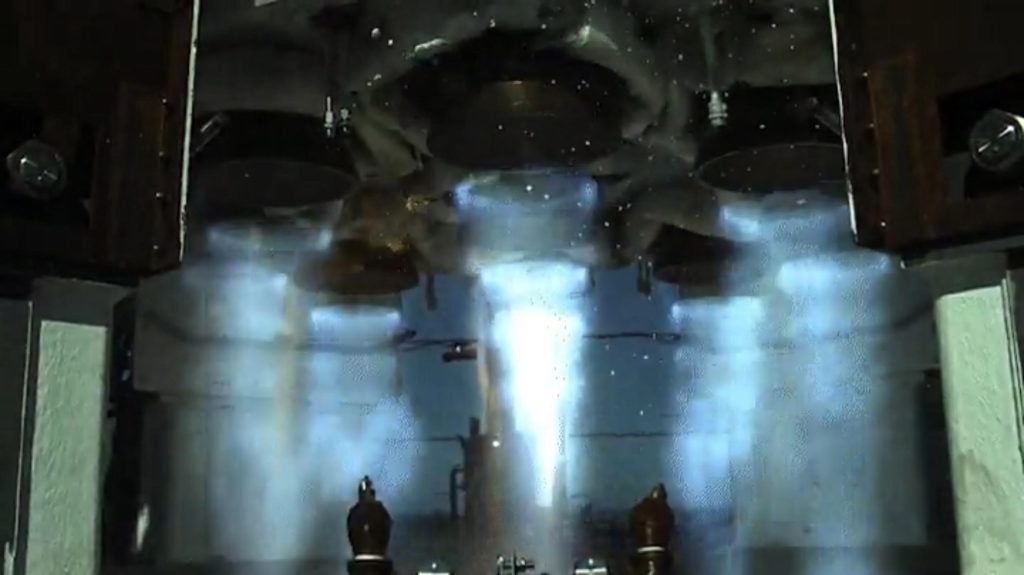
According to engineers onsite during a private Teslarati tour of Relativity’s Florida launch facilities, Terran 1 S1’s next goal is to fully ignite its Aeon engines. After one or more successful static fires, the booster will be integrated with the upper stage and nosecone for a final full-duration static fire test that will also double as a full wet dress rehearsal (WDR). Testing the fully-integrated Terran 1 rocket will only be possible once LC-16’s full strongback and launch mount (also known as a transporter/erector) is completed, but that final piece of the puzzle should be ready any day now.
De Terra Ad Astra
The coming weeks will likely be some of the company’s riskiest and most difficult yet. If the rocket and LC-16 continue to operate as smoothly as they have been, however, there’s a nonzero chance that Terran 1 could beat the likes of SpaceX (Starship), Blue Origin (New Glenn), and the United Launch Alliance (Vulcan Centaur) to the punch to become the first methane and oxygen-fueled rocket in history to attempt an orbital launch.*
*While SpaceX’s Starship is technically the first large-scale suborbital methalox rocket to attempt (and complete) a launch, there has never been an orbital methalox launch attempt.
Capable of carrying up to 1.25 tons (~2750 lb) to low Earth orbit for as little as $12 million, Terran 1 also has a shot at becoming the first new privately-developed 1-ton-class rocket of any kind to successfully reach orbit. On that front, though, Relativity is in a neck-and-neck race with Firefly Aerospace and ABL Space, both of which intend to launch similarly-sized rockets at some point in the next few months. It’s never been less clear who will cross the finish line first but one would be hard-pressed to count Relativity out.
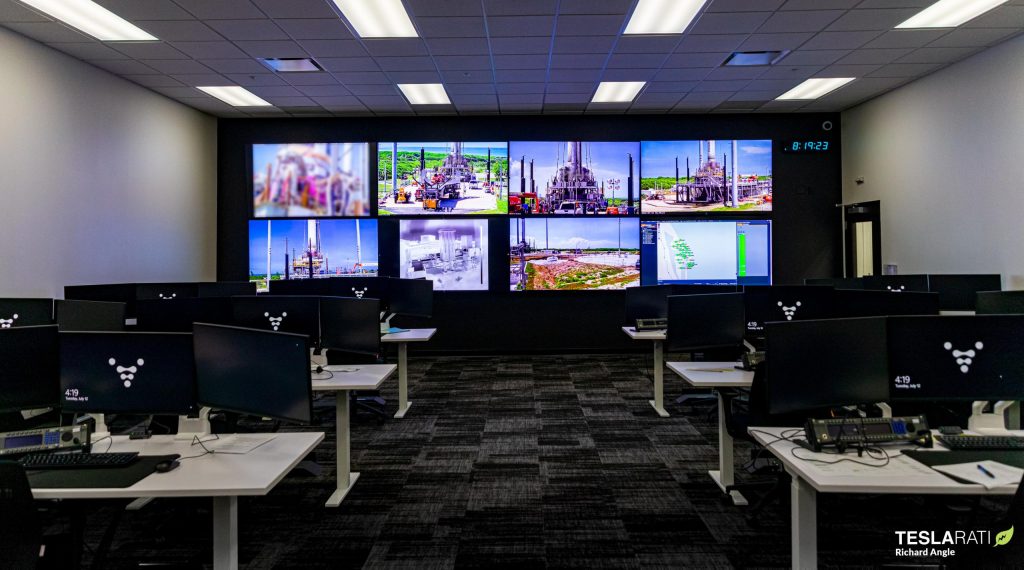

News
Tesla has passed a critical self-driving milestone Elon Musk listed in Master Plan Part Deux
Tesla China announced that the company’s Autopilot system has accumulated 10 billion kilometers of driving experience.

Tesla has passed a key milestone, and it was one that CEO Elon Musk initially mentioned more than nine years ago when he published Master Plan, Part Deux.
As per Tesla China in a post on its official Weibo account, the company’s Autopilot system has accumulated over 10 billion kilometers of real-world driving experience.
Tesla China’s subtle, but huge announcement
In its Weibo post, Tesla China announced that the company’s Autopilot system has accumulated 10 billion kilometers of driving experience. “In this respect, Tesla vehicles equipped with Autopilot technology can be considered to have the world’s most experienced and seasoned driver.”
Tesla AI’s handle on Weibo also highlighted a key advantage of the company’s self-driving system. “It will never drive under the influence of alcohol, be distracted, or be fatigued,” the team wrote. “We believe that advancements in Autopilot technology will save more lives.”
Tesla China did not clarify exactly what it meant by “Autopilot” in its Weibo post, though the company’s intense focus on FSD over the past years suggests that the term includes miles that were driven by FSD (Beta) and Full Self-Driving (Supervised). Either way, 10 billion cumulative miles of real-world data is something that few, if any, competitors could compete with.
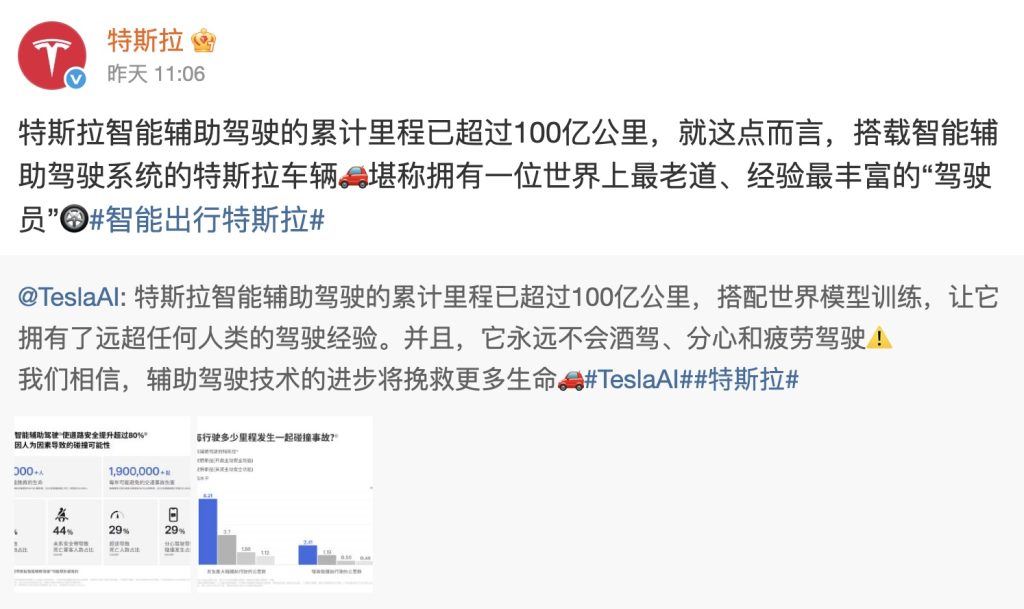

Elon Musk’s 10-billion-km estimate, way back in 2016
When Elon Musk published Master Plan Part Deux, he outlined his vision for the company’s autonomous driving system. At the time, Autopilot was still very new, though Musk was already envisioning how the system could get regulatory approval worldwide. He estimated that worldwide regulatory approval will probably require around 10 billion miles of real-world driving data, which was an impossible-sounding amount at the time.
“Even once the software is highly refined and far better than the average human driver, there will still be a significant time gap, varying widely by jurisdiction, before true self-driving is approved by regulators. We expect that worldwide regulatory approval will require something on the order of 6 billion miles (10 billion km). Current fleet learning is happening at just over 3 million miles (5 million km) per day,” Musk wrote.
It’s quite interesting but Tesla is indeed getting regulatory approval for FSD (Supervised) at a steady pace today, at a time when 10 billion miles of data has been achieved. The system has been active in the United States and has since been rolled out to other countries such as Australia, New Zealand, China, and, more recently, South Korea. Expectations are high that Tesla could secure FSD approval in Europe sometime next year as well.
Elon Musk
SpaceX maintains unbelievable Starship target despite Booster 18 incident
It appears that it will take more than an anomaly to stop SpaceX’s march towards Starship V3’s refinement.

SpaceX recently shared an incredibly ambitious and bold update about Starship V3’s 12th test flight.
Despite the anomaly that damaged Booster 18, SpaceX maintained that it was still following its plans for the upgraded spacecraft and booster for the coming months. Needless to say, it appears that it will take more than an anomaly to stop SpaceX’s march towards Starship V3’s refinement.
Starship V3 is still on a rapid development path
SpaceX’s update was posted through the private space company’s official account on social media platform X. As per the company, “the Starbase team plans to have the next Super Heavy booster stacked in December, which puts it on pace with the test schedule planned for the first Starship V3 vehicle and associated ground systems.”
SpaceX then announced that Starship V3’s maiden flight is still expected to happen early next year. “Starship’s twelfth flight test remains targeted for the first quarter of 2026,” the company wrote in its post on X.
Elon Musk mentioned a similar timeline on X earlier this year. In the lead up to Starshp Flight 11, which proved flawless, Musk stated that “Starship V3 is a massive upgrade from the current V2 and should be through production and testing by end of year, with heavy flight activity next year.” Musk has also mentioned that Starship V3 should be good enough to use for initial Mars missions.
Booster 18 failure not slowing Starship V3’s schedule
SpaceX’s bold update came after Booster 18 experienced a major anomaly during gas system pressure testing at SpaceX’s Massey facility in Starbase, Texas. SpaceX confirmed in a post on X that no propellant was loaded, no engines were installed, and personnel were positioned at a safe distance when the booster’s lower section crumpled, resulting in no injuries.
Still, livestream footage showed significant damage around the liquid oxygen tank area of Booster 18, leading observers to speculate that the booster was a total loss. Booster 18 was among the earliest vehicles in the Starship V3 series, making the failure notable. Despite the setback, Starship V3’s development plans appear unchanged, with SpaceX pushing ahead of its Q1 2026 test flight target.
News
Tesla Sweden faces fresh union blockade at key Gothenburg paint shop
Allround Lack works with painting and damage repair of passenger cars, including Teslas.
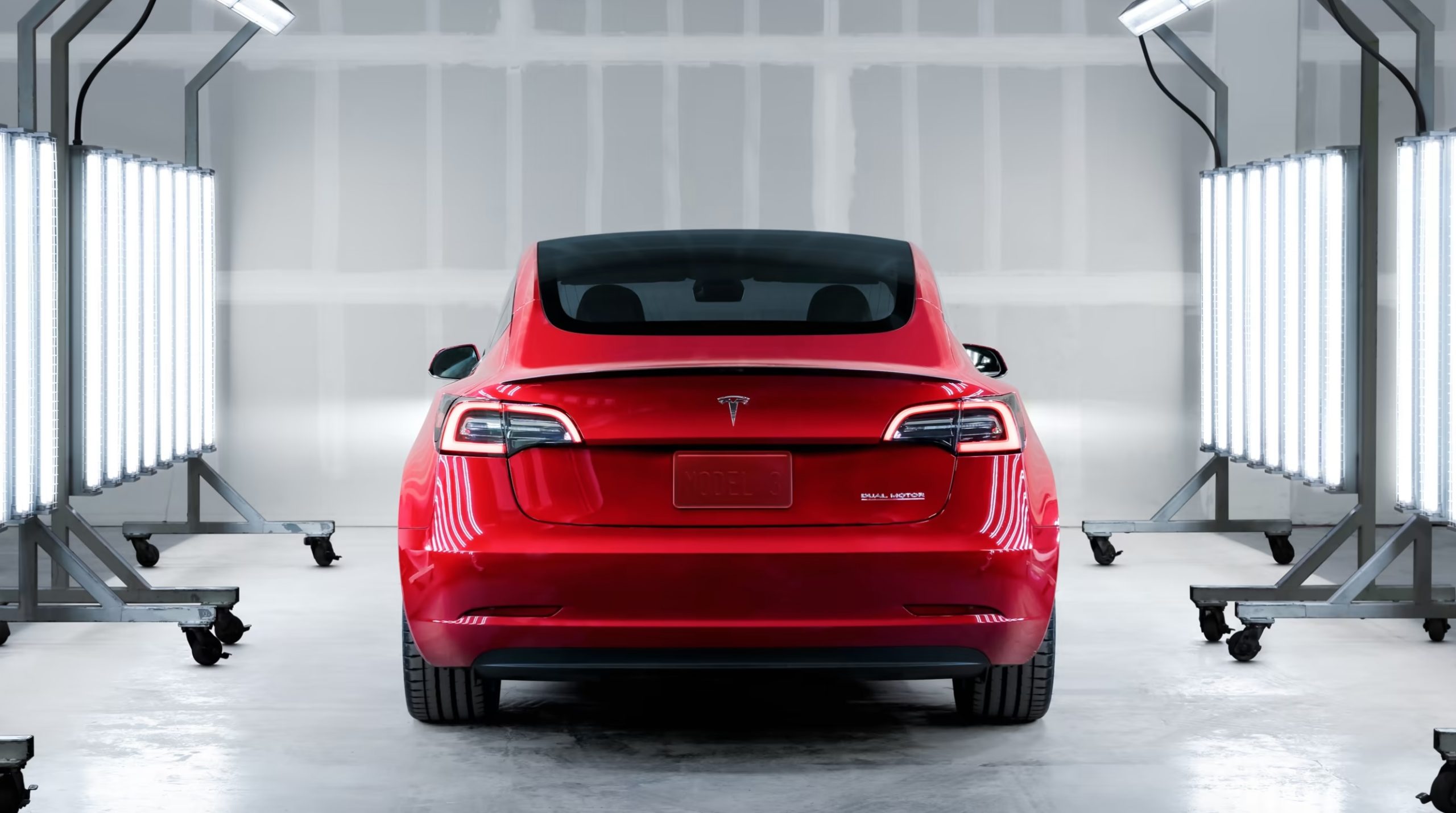
Tesla’s ongoing labor conflict in Sweden escalated again as the trade union IF Metall issued a new blockade halting all Tesla paintwork at Allround Lack in Gothenburg.
Allround Lack works with painting and damage repair of passenger cars, including Teslas. It currently employs about 20 employees.
Yet another blockade against Tesla Sweden
IF Metall’s latest notice ordered a full work stoppage for all Tesla-related activity at Allround Lack. With the blockade in place, paint jobs on Tesla-owned vehicles, factory-warranty repairs, and transport-damage fixes, will be effectively frozen, as noted in a report from Dagens Arbete. While Allround Lack is a small paint shop, its work with Tesla means that the blockade would add challenges to the company’s operations in Sweden, at least to some degree.
Paint shop blockades have been a recurring tool in the longstanding conflict. The first appeared in late 2023, when repair shops were barred from servicing Tesla vehicles. Days later, the Painters’ Union implemented a nationwide halt on Tesla paint work across more than 100 shops. Since then, a steady stream of workshops has been pulled into the conflict.
Earlier blockades faced backlash from consumers
The sweeping effects of the early blockades drew criticism from industry groups and consumers. Employers and industry organization Transportföretagen stated that the strikes harmed numerous workshops across Sweden, with about 10 of its members losing about 50% of their revenue.
Private owners also expressed their objections. Tibor Blomhäll, chairman of Tesla Club Sweden, told DA in a previous statement that the blockades from IF Metall gave the impression that the union was specifically attacking consumers. “If I get parking damage to my car, I pay for the paint myself. The company Tesla is not involved in that deal at all. So many people felt singled out, almost stigmatized. What have I done as a private individual to get a union against me?” Blomhäll stated.
In response to these complaints, IF Metall introduced exemptions, allowing severely damaged vehicles to be repaired. The union later reopened access for private owners at workshops with collective agreements. The blockades at the workshops were also reformulated to only apply to work that is “ordered by Tesla on Tesla’s own cars, as well as work covered by factory warranties and transport damage on Tesla cars.”








